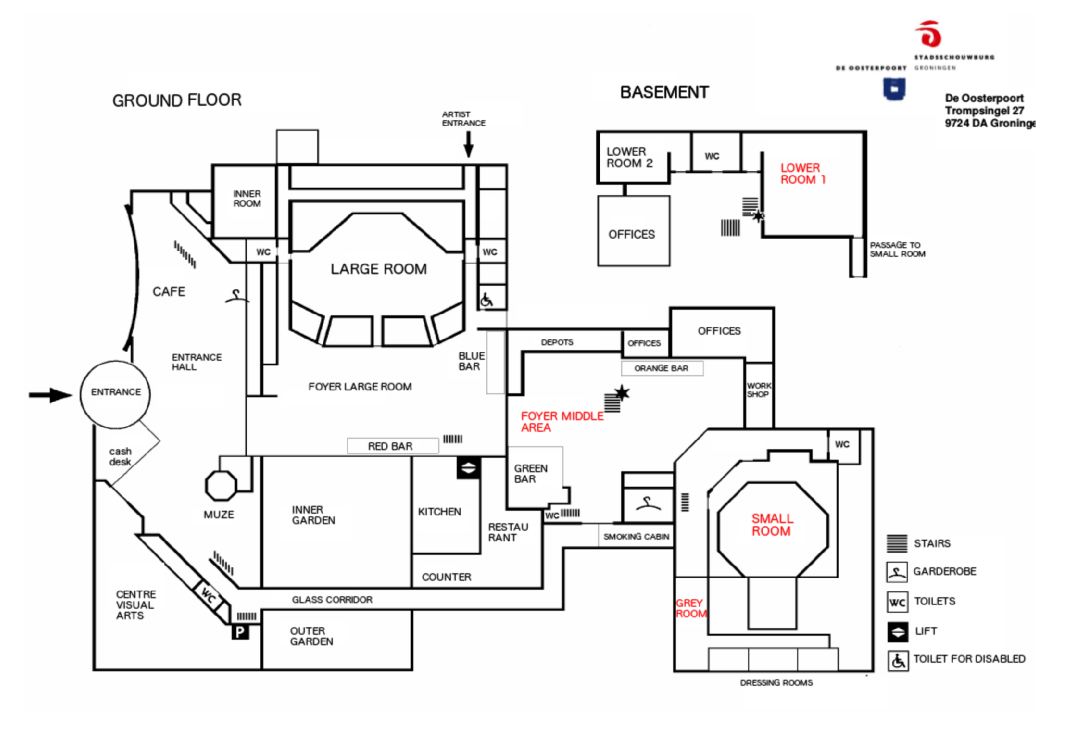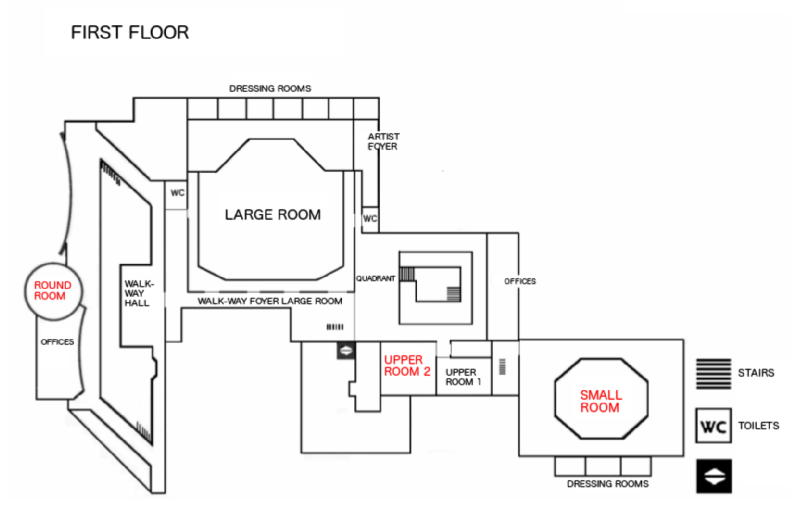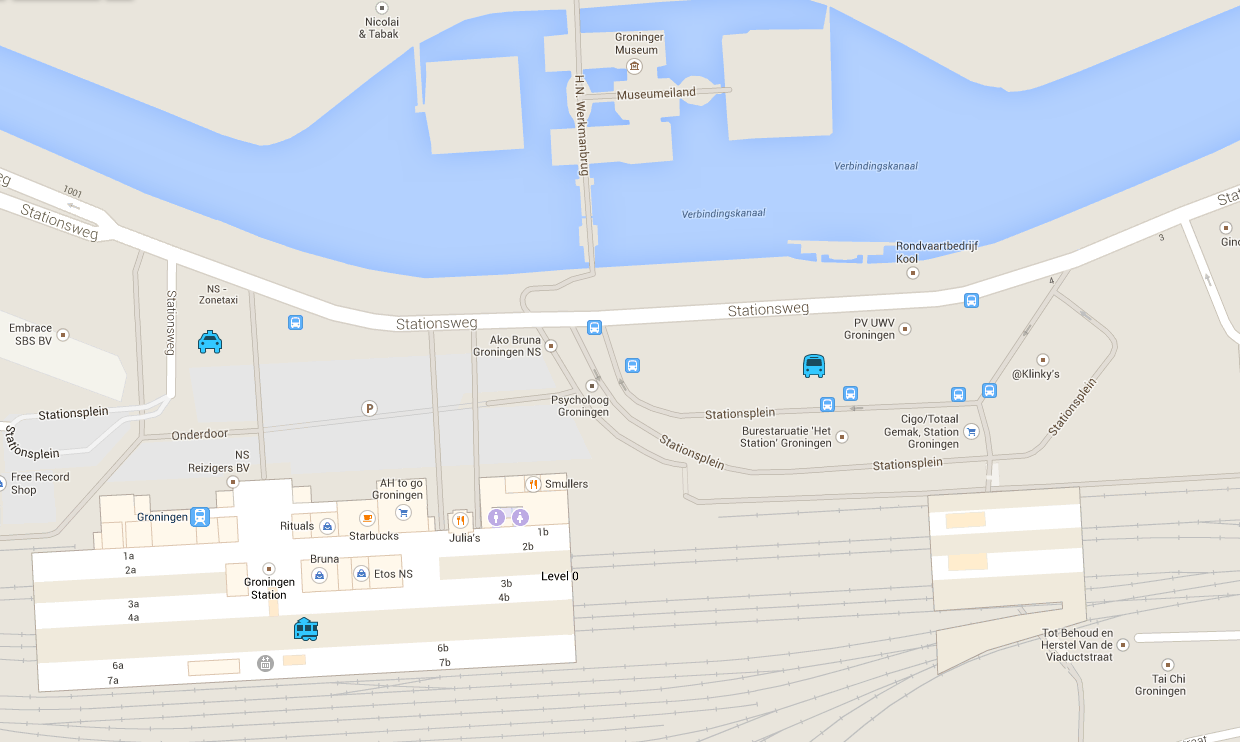Venue
EuroVis 2016 and the co-located events will take place in De Oosterpoort complex in Groningen.
De Oosterpoort
The Oosterpoort complex is a large center for conferences, theater, cinema, and shows located within walking distance to the city centre of Groningen. It features state-of-the-art presentation halls with A/V equipment, meeting rooms, several foyers, and restaurant facilities.
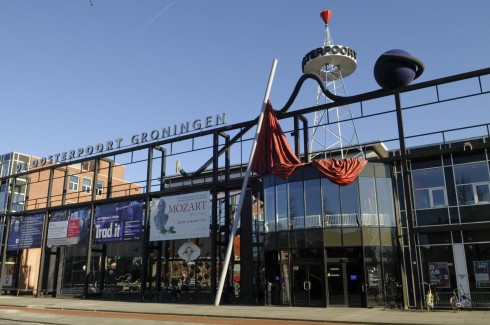
Venue map
The maps of the ground and first floor are available below (click to enlarge).
Address
De Oosterpoort
Trompsingel 27
9724 DA Groningen, the Netherlands
Website (in Dutch)
The video below gives you a feeling of what De Oosterpoort looks like:
<iframe width="480" height="270" src="https://www.youtube.com/embed/rJ1jg7g4axE" frameborder="0" allowfullscreen></iframe>
How to arrive there
Google Maps location
<iframe src="https://www.google.com/maps/embed?pb=!1m18!1m12!1m3!1d19113.650085365276!2d6.575259999999999!3d53.21415!2m3!1f0!2f0!3f0!3m2!1i1024!2i768!4f13.1!3m3!1m2!1s0x47c9d2aa05f2ec69%3A0x5ee829b00bd44bfc!2sDe+Oosterpoort+%26+de+Stadsschouwburg+Groningen!5e0!3m2!1sen!2sde!4v1443431661244" width="480" height="360" frameborder="0" style="border:0" allowfullscreen></iframe>
Schiphol
Travelling from Schiphol Airport to Groningen
If you arrive in the Netherlands at Schiphol, the Amsterdam International airport, the easiest way to travel to Groningen is to take the train.

The underground train station is located near Schiphol Plaza, within several minutes walking distance from the luggage claim areas. The Dutch railway system is run by NS - Nederlandse Spoorwegen. You will recognize it by its yellow and blue colours. Just follow the yellow illuminated signs that direct you ‘To the trains’.
Train Tickets
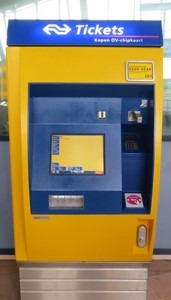
The single-use chip card is a paper ticket with that contains a chip inside. If you are not planning on travelling a great deal, the single-use chip card is the best option. This paper chip card can be purchased from an NS ticket machine or a Tickets & Service desk and is valid for all train operators. You do not have to add any credit to this card.
When you purchase a single-use chip card you always pay the full fare, which means you do not get any travel discounts. There is a € 1 supplement on the four most commonly used products (single journey, return ticket, day travel cards and the AnaarBeter ticket) to cover the additional costs of the card. You do not pay a supplement for the Rail Runner, Bicycle Supplement, Dog Supplement, ICE single journey with supplement, Euregioticket, trains with a supplement on the HSL and tickets to Germany and Belgium.
Important! When you travel with a single-use chip card you must check in and out with each train operator through the gates or posts. It's no problem to check in and out at NS gates without an OV-chipkaart.
Train Schedules
Information on travelling by train can be accessed at the NS website. A train goes from Schiphol Airport to Groningen twice an hour. Make sure that you board one of the carriages marked with the destination Groningen as the other part of the train may travel to Leeuwarden (which is ~70 km away to the west). The journey from Schiphol Airport takes approximately 2.5 hours. The trains are quite comfortable and feature the free wireless internet at most of them.
Airport Bremen
Travelling from Bremen Airport (Germany) to Groningen
Bremen airport might be convenient for cheap intra-European flights because it hosts the discounter Ryanair and also offers low airport taxes.
By bus 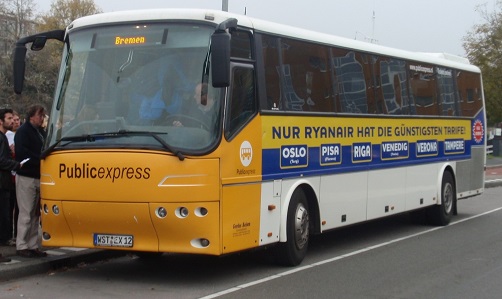
There is a direct bus connection from the Bremen airport to Groningen. The bus schedule can be found here. It takes about 3 hours to reach the Groningen Central Station (CS).
By train
Another possibility is an indirect train connection. For this, you have first to go to the Bremen CS (Hauptbanhhoff) by tram No. 6 (the tram schedule is here). Then you take a train to Groningen (do not mix with Gröningen, Germany!) with a step over in Leer, Germany. The journey from Bremen HB takes about 2.5 hours. More detailed information on the train connection can be found here or here.
Traveling to Groningen by car
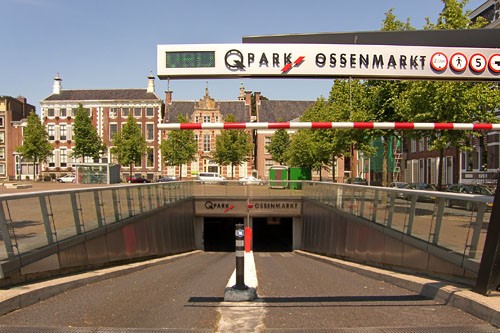
Please note that the entire city centre of Groningen is off limits for cars. There are ten parking garages located near the centre.
The ones closest to The Oosterpoort are the Oosterpoort parking or the Rademarkt parking. The parking garage Oosterpoort is located at Trompsingel 23 and is opened Mondays-Saturdays from 7 a.m. till 7 p.m. In order to leave the garage you need an exit card. Please contact the EuroVis registration desk to obtain one. The parking garage at Rademarkt is located at Rademarkt, 27 and is opened Sundays-Wednesdays from 7 a.m. till 1.30 a.m, on Thursdays from 7 a.m. till midnight, on Fridays and Saturdays it is opened 24 hours.
The one closest to The Academy Building is the Ossenmarkt parking. Parking garage Ossenmarkt is located at Spilsluizen 25 and is opened Mondays-Saturdays from 7 a.m. till 11 p.m. Sundays from 9 a.m. till 7 a.m.
More information on car parking in Groningen, including the street parking regulations, can be found here.
While driving thought Dutch cities and villages, be aware of the numerous cyclists that may not exactly follow the traffic regulations.
Taxis
Taxis in Groningen
Groningen has various taxi companies, here's a small selection of them:
- Taxi Groningen: +31 (0)50 541 8452
- Taxi Noord: +31 (0)50 549 4940
- Taxi VTG: +31 (0)50 301 5222
You will find the taxi rank in front of the railway station.
Reasons for Visiting Groningen
Explore the real Groningen with a selection of places of interest to help visitors explore the various sights of the city and province. The information shown here is an excerpt from the document "G7 reasons for visiting Groningen", kindly provided by the Groningen Congress Bureau.

Groningen Estate Houses
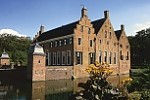
In former centuries, Groningen estate houses were the magnificent country seats of local nobility. They usually originated as stone houses; a simple defence work from the 14th or 15th century with thick walls where farmers could flee in times of danger. The first bricks of the Fraeylemaborg Groningen estate house, for example, were laid prior to 1300. Through the centuries, it has developed from an austere stone house into a little ‘French castle’ with an elegant tower, moat and magnificent.
Lauwersmeer National Park

The Lauwersmeer National Park is ideal for walking, cycling and sailing. With a rich and varied flora and fauna, this is the favourite location for bird-watchers. Visits can be perfectly combined with an excursion to the island of Schiermonnikoog. The Lauwersmeer National Park is ideal for water sports fans: sailing, canoeing, kite surfing; anything is possible in this untouched area with plenty of space for everyone. Moor your boat in one of the four marinas at the Lauwersmeer Lake: the Lunegat, in Dokkumer Nieuwe Zijlen, the marinas in Oostmahorn or Zoutkamp, or the harbour at Lauwersoog. The lake has a number of recreational jetties and some islands where sailing fans can anchor.
Pieterburen

The location of Lenie ‘t Hart’s seal sanctuary, the village of Pieterburen is also the starting point for many hikers that come here for a walk across the mud flats or the first stretch of the Pieterpad trail. Pieterburen is known for its Lenie ‘t Hart’s Zeehondencrèche (seal sanctuary) where, for almost forty years, sick seals and seals washed ashore are taken care of, with the ultimate goal to release them back into the wild. The seal sanctuary has a visitors’ centre where the treatment and care of seals can be seen from up close.
Bourtange
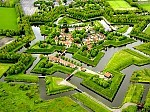
Travel back into time through east Groningen where the Bourtange fortress has stood still in time and where the ancient cannon booms as it did in the year 1742. Take a ride with the old locomotive on the Museumspoorlijn (Museum Railway Line) and visit the Ter Apel monastery to see how the Crutched Friars lived. The sixteen lime trees at the W. Lodewijkstraat 33 have witnessed history as they have been standing in the Bourtange fortress for 350 years. Thanks to its careful reconstruction, everyone can see what took place in the neighbourhood of these trees. It looks almost like it did in the year 1742. The construction of the fortress was initiated in 1580, but reached its full magnitude in 1742.
Terps

Terps are artificial hillocks made by human hands. The Het Hoogeland open-air museum in Warffum shows a terp village in its original environment. Surrounded by field, the original character of this village in enhanced by ancient church paths between the buildings on the museum grounds. In the area south of the Wadden sea which is now the Groningen mainland, used to be Frisian islands. Niehove was the main village of the Humsterland Frisian island. The village has retained its original structure and is an important place of interest for which it was crowned the Village of Tradition.
Churches

The Groningen countryside is characterised by old churches. These historic places of worship with their austere architecture and modest interiors provide an image of the old days and some are internationally known: be sure to visit the tower that leans the most in Europe, which is located in Bedum. The Der Aa church in Groningen city centre was probably built sometime around 1200 and is currently used for concerts, exhibitions, company dinners, fairs, weddings, receptions and parties. The Martini church is the highlight of Groningen and is located on the Grote Markt. The Martini tower, referred to as Old Grey by Groningen residents, can be visited by individuals as well as groups. The tower owes its nickname to its grey colour. Including the spire, the tower is 97 metres high. Its foundation is a mere three metres deep and used to consist entirely of cowhides.
Groningen City

This is the bustling cultural heart of the province with attention for art and architecture, design and the Hanseatic trade league. There are friendly cafés and restaurants, wonderful theatres and high-profile festivals. The city centre has charming shopping streets and historical buildings tell their own particular story. For centuries Groningen has been popular with students, both prospective and ex-students. Groningen has approximately 50.000 students in higher education and university out of a total population of 186.000. With around half under the age of 35. Since the Groningen World exhibition in 1903, Groningen has remained a festival city, whether sports, pop music, classical music, or theatre, the international Film Festival Rotterdam in Groningen or Noorderlicht is concerned.
